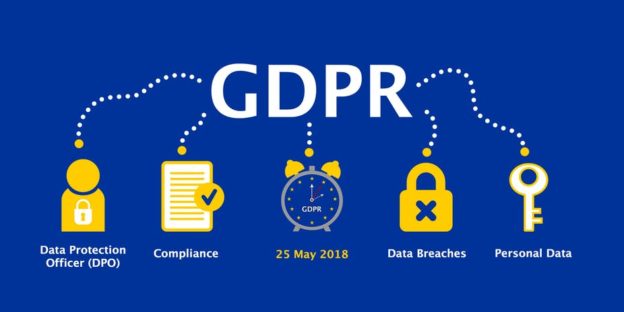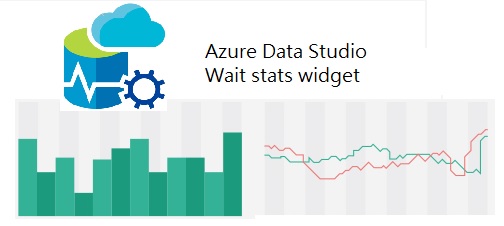In my previous blog post of this topic, I talked about the definition of what GDPR is and also described the first two phases of Microsoft’s recommended workflow in order to be in compliance with this data regulation.
The Discovery and Manage phase was about discovering where the sensitive data was located and how it can be accessed also to create access controls to the system in compliance of the “least privilege” principle enabling only authorized access to the database system and data.
Carlos Robles is a Solutions Architect at AWS, a former Microsoft Data Platform MVP, a Friend of Redgate, but more than anything a technology lover. He has worked in the database management field on multiple platforms for over ten years in various industries.
He has diverse experience as a Consultant, DBA and DBA Manager. He is currently working as a Solution Architect, helping customers to solve software/infrastructure problems in their on-premise or cloud environments.
Speaker, author, blogger, mentor, Guatemala SQL User group leader. If you don’t find him chatting with friends about geek stuff, he will be enjoying life with his family.


